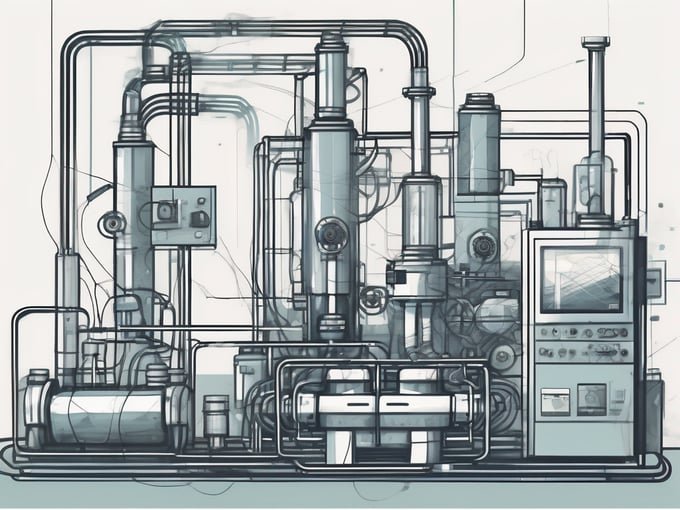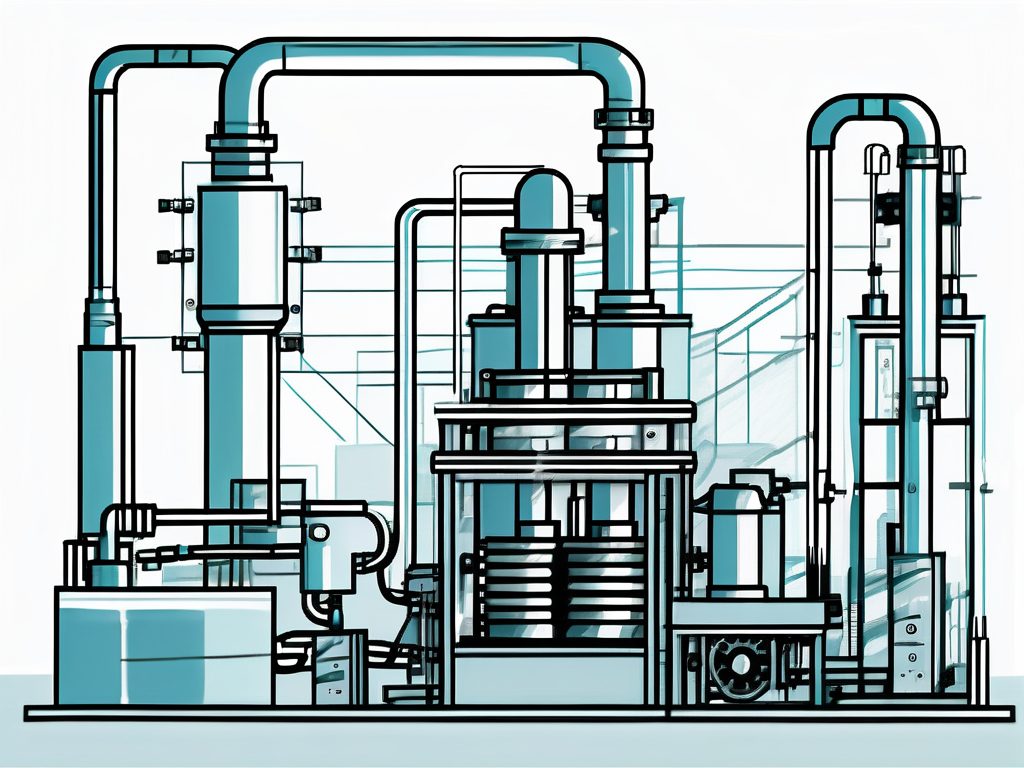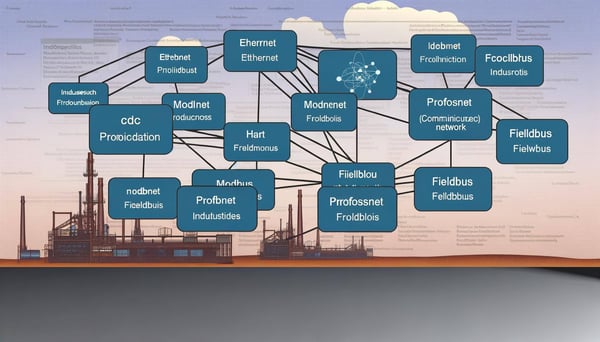
Fundamentals of LSV-2
In the world of industrial communication, protocols play a pivotal role in ensuring seamless data exchange between devices. One such protocol that has been gaining significant attention in recent years is LSV-2. This protocol, designed for machine tool control applications, is renowned for its robustness, reliability, and versatility. In this comprehensive guide, we will delve into the fundamentals of LSV-2, exploring its features, applications, and benefits.
Understanding LSV-2
The LSV-2 protocol, also known as the Language for Service and Visualization version 2, is a standardized communication protocol specifically designed for machine tool control applications. It is a part of the ISO 6983 standard, which outlines the requirements for numerical control of machines. The LSV-2 protocol is designed to facilitate the exchange of data between a machine tool and a computer, allowing for efficient control and monitoring of machine operations.

One of the key features of LSV-2 is its versatility. It supports a wide range of data types, including numerical, textual, and binary data. This makes it suitable for a variety of applications, from simple machine control tasks to complex data analysis and visualization tasks. Furthermore, LSV-2 is designed to be platform-independent, meaning it can be implemented on any computer system, regardless of the operating system or hardware configuration.
Applications of LSV-2
LSV-2 is primarily used in the field of industrial automation, where it serves as the communication backbone between machine tools and computers. It enables the real-time monitoring of machine operations, allowing operators to quickly identify and resolve issues, thereby improving machine uptime and productivity.
Another key application of LSV-2 is in the area of predictive maintenance. By facilitating the collection and analysis of machine data, LSV-2 enables the implementation of predictive maintenance strategies, which can significantly reduce maintenance costs and improve machine lifespan. Furthermore, the protocol's support for data visualization makes it an excellent tool for presenting machine data in a user-friendly format, aiding in decision-making processes.
Benefits of LSV-2
The use of LSV-2 offers a host of benefits for industrial applications. Firstly, its robustness and reliability ensure that data exchange between devices is always accurate and timely, reducing the likelihood of communication errors that could lead to machine downtime.
Secondly, the versatility of LSV-2 makes it suitable for a wide range of applications. Whether you're looking to implement simple machine control tasks or complex data analysis and visualization tasks, LSV-2 has you covered. Its platform-independent nature also means that you can implement it on any computer system, providing you with the flexibility to choose the system that best meets your needs.
Lastly, the use of LSV-2 can lead to significant cost savings. By enabling predictive maintenance strategies, it can help reduce maintenance costs and extend machine lifespan. Furthermore, its support for data visualization can aid in decision-making processes, potentially leading to more efficient operations and higher profitability.
Implementing LSV-2
Implementing LSV-2 in your industrial operations can be a straightforward process, thanks to its standardized nature. The first step is to ensure that your machine tools and computers are compatible with the protocol. This typically involves checking the specifications of your devices and possibly upgrading your hardware or software if necessary.

Once compatibility has been established, the next step is to configure the LSV-2 protocol on your devices. This involves setting up the necessary communication parameters, such as data rate, data format, and communication mode. It's important to note that these parameters should be set in accordance with the requirements of your specific application to ensure optimal performance.
After the LSV-2 protocol has been configured, you can then start using it for data exchange between your devices. Depending on your application, this could involve sending control commands from your computer to your machine tools, receiving status updates from your machines, or collecting and analyzing machine data for predictive maintenance or data visualization purposes.
Conclusion
The LSV-2 protocol is a powerful tool for industrial communication, offering robustness, versatility, and a host of benefits for machine tool control applications. Whether you're looking to improve machine uptime, reduce maintenance costs, or enhance decision-making processes, LSV-2 has the potential to transform your industrial operations.
With its standardized nature and platform-independent design, implementing LSV-2 in your operations can be a straightforward process. So why wait? Start exploring the possibilities of LSV-2 today and take your industrial communication to the next level.



